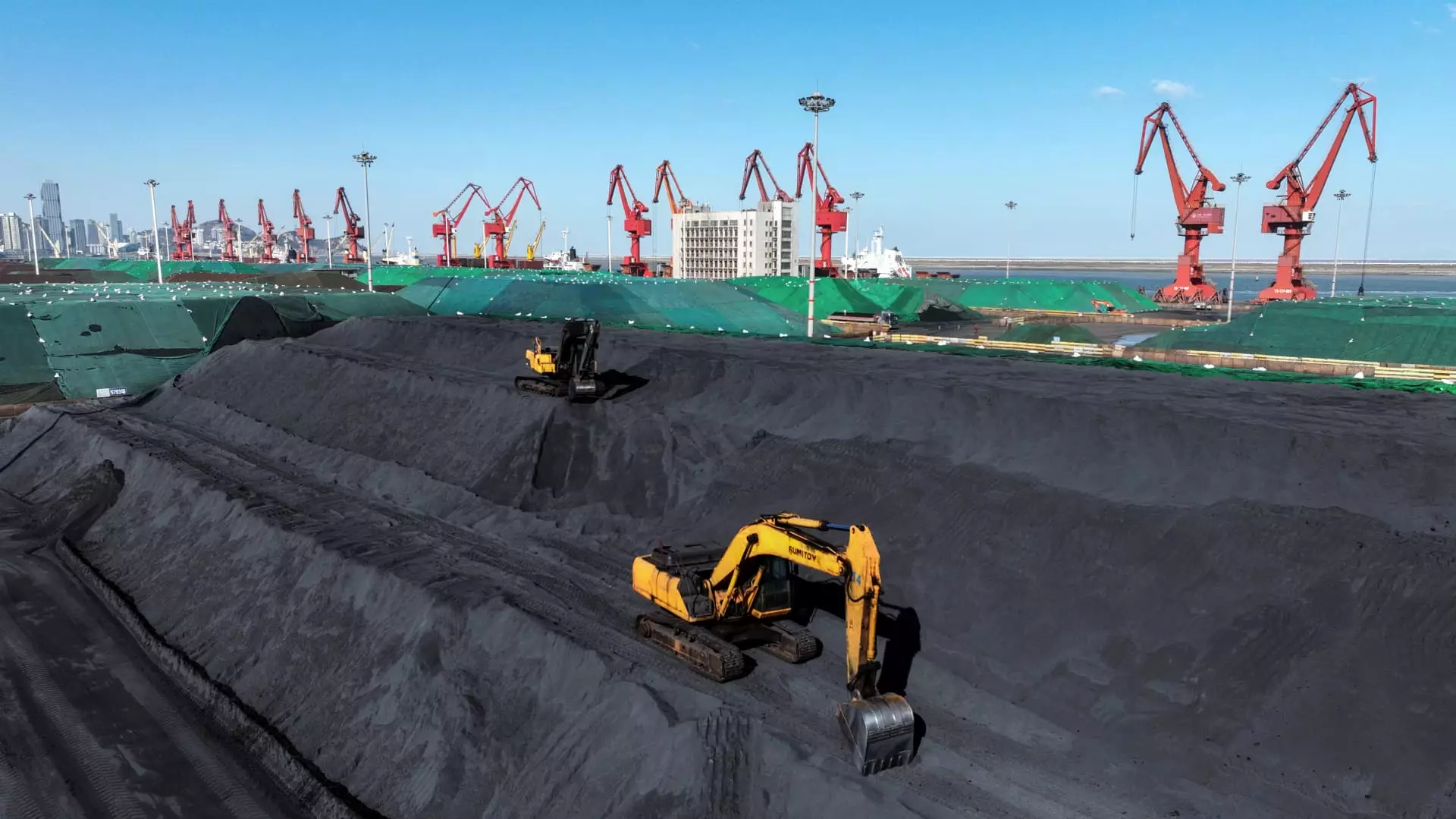In a surprising turn of events, China’s industrial profits experienced a dramatic decline of 17.8% in August compared to the same month last year, as reported by the National Bureau of Statistics. This stark drop follows a relatively optimistic period in July, where profits had increased by 4.1%, marking the fastest rate in five months. The reported figures encapsulate the financial health of large industrial firms, including factories, mines, and utility companies. Over the first eight months of the year, the total profits for this sector only managed a modest growth of 0.5%, totaling around 4.65 trillion yuan (approximately $663.47 billion).
The backdrop against which these figures emerge is one of increasing concern over China’s economic performance. Analysts have raised alarms that the government may struggle to meet its GDP growth target of around 5% for the year. Factors contributing to this situation include weak domestic demand, a contentious and ongoing slump in the housing market, and rising unemployment rates. These challenges not only jeopardize the economic stability of China but also raise questions about the efficacy of current fiscal policies.
In response to these economic challenges, the Chinese government has ramped up its efforts to stimulate growth. A high-level meeting chaired by President Xi Jinping yielded calls for urgent measures to mitigate the ongoing property market downturn and a reinforcement of both fiscal and monetary policy supports. This reflects a broader recognition that immediate and decisive action is required to rectify the prevailing economic conditions.
To further bolster economic activity, the People’s Bank of China announced a reduction in the reserve requirement ratio (RRR) by 50 basis points. This move effectively frees up more capital for banks to lend, aiming to promote wider economic engagement. Additionally, the central bank lowered the 7-day reverse repurchase rate from 1.7% to 1.5%, aiming to enhance liquidity in the financial system. Both measures signal a pivot towards a more accommodative monetary policy stance, seeking to counteract the economic headwinds.
Broader Economic Indicators
However, despite governmental efforts, August’s data reveals that industrial activity, retail sales, and urban investment have all underperformed relative to expectations. Retail sales saw a meager growth of just over 2%, while industrial production recorded rises of only 4.5% year-on-year. Particularly worrying is the state of the real estate sector, which continues to contract, with fixed asset investments sinking by 10.2% through August. The urban unemployment rate also ticked upward to 5.3%, a slight increase from July, indicating persistent challenges in job creation.
As China grapples with these multifaceted economic issues, the ongoing success of government interventions will be crucial. The tightening grip of the housing crisis, alongside the pressing unemployment concerns, necessitates a strategic approach to stimulate growth effectively. Although the intended policy shifts signify a commitment to recovery, the path forward remains fraught with challenges that will require careful navigation over the upcoming months. The overall health of China’s economy lies in a delicate balance, necessitating vigilance and adaptability in fiscal responses.


Leave a Reply